
On the Lyubimovka (“Beloved Place”) Kin's Domain Settlement in Russia, nestled among pristine forests and surrounded by the laughter of children, lies a remarkable workshop where some of the world'...
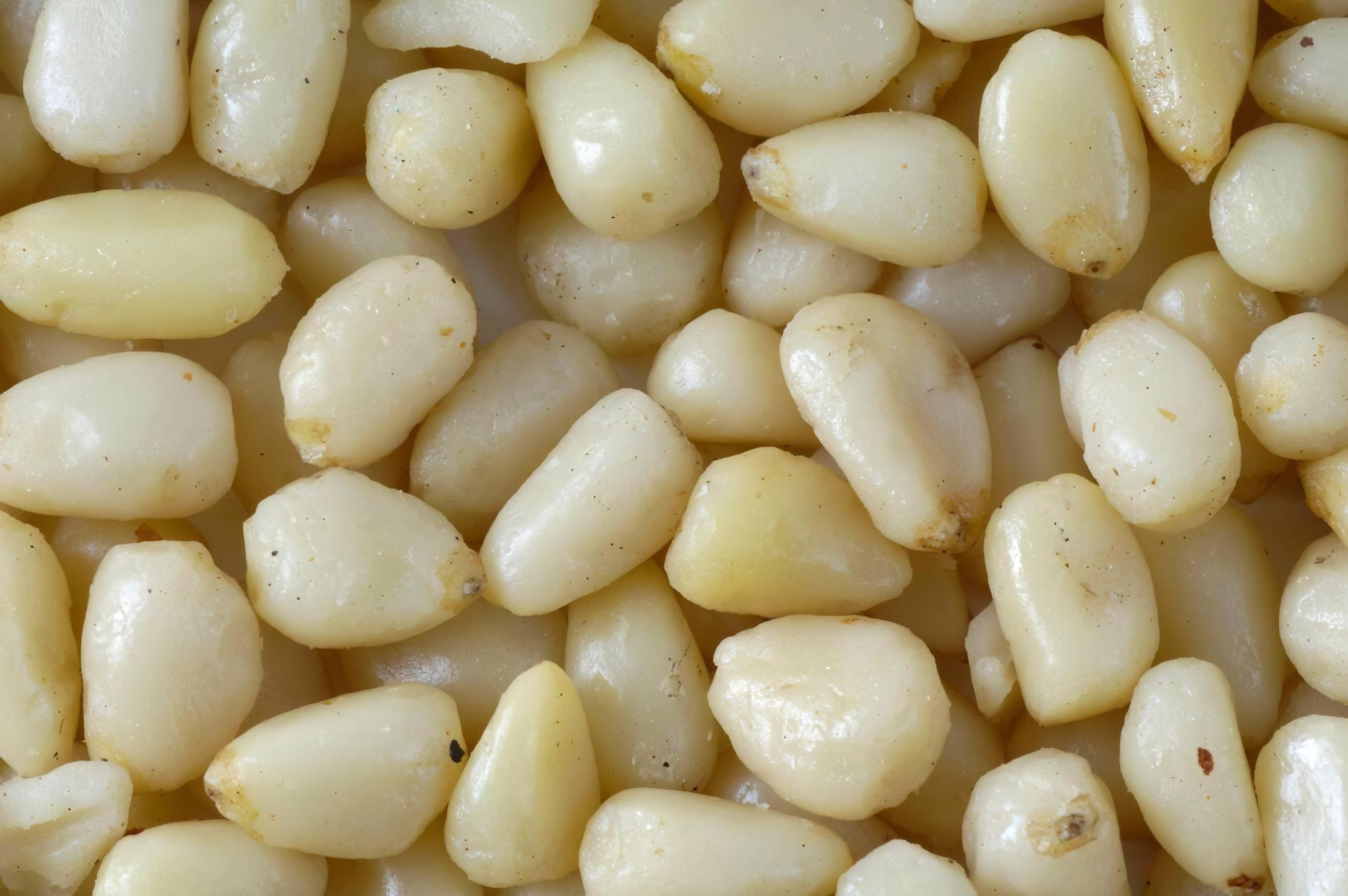
Quality-Determining Factors of Siberian Cedar (Pine) Nut Oil
1. Kernel Grade and Visual Cues Authentic producers accept only first-grade kernels—their interiors are light beige or off-white. Lower third- and unofficial fourth-grade nuts show yellowing caused...
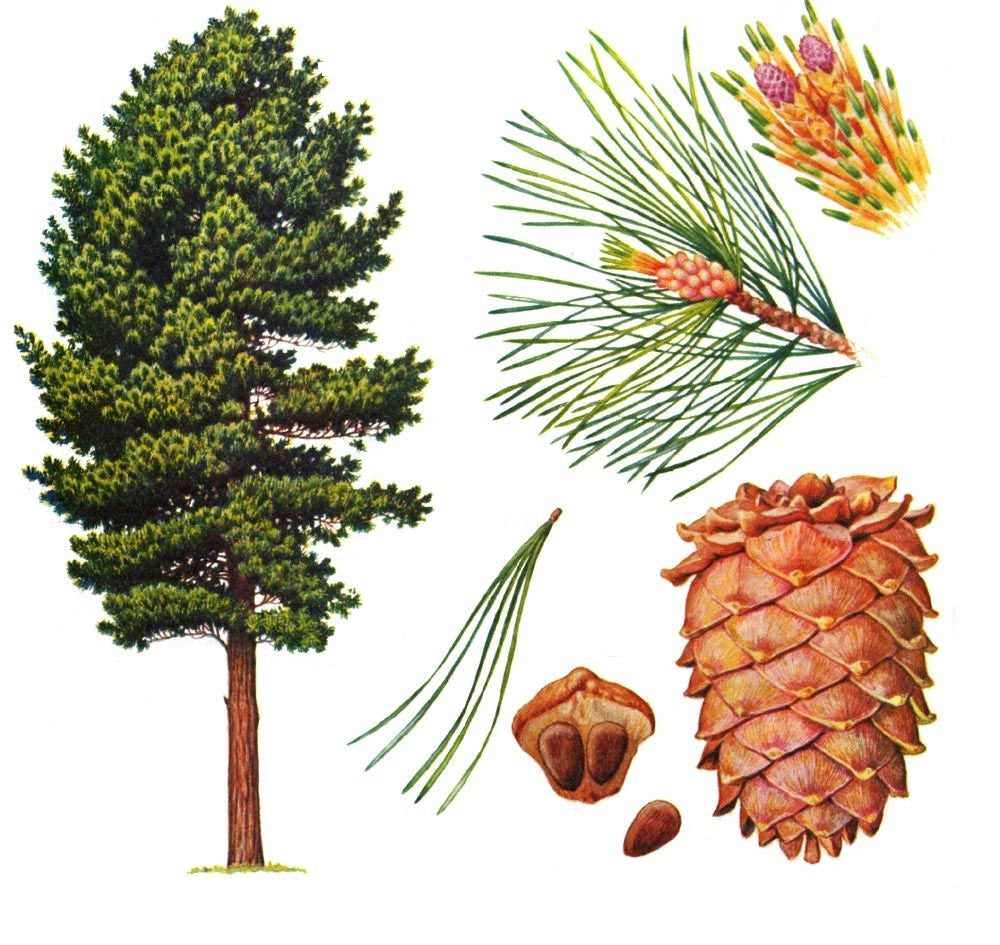
The Siberian Cedar Naming Paradox: Pine vs. Cedar in Russian Tradition
Despite being botanically classified as a pine tree, Pinus sibirica has been called "cedar" (кедр) in Russia for centuries. This naming tradition reflects complex historical, cultural, and possibly...
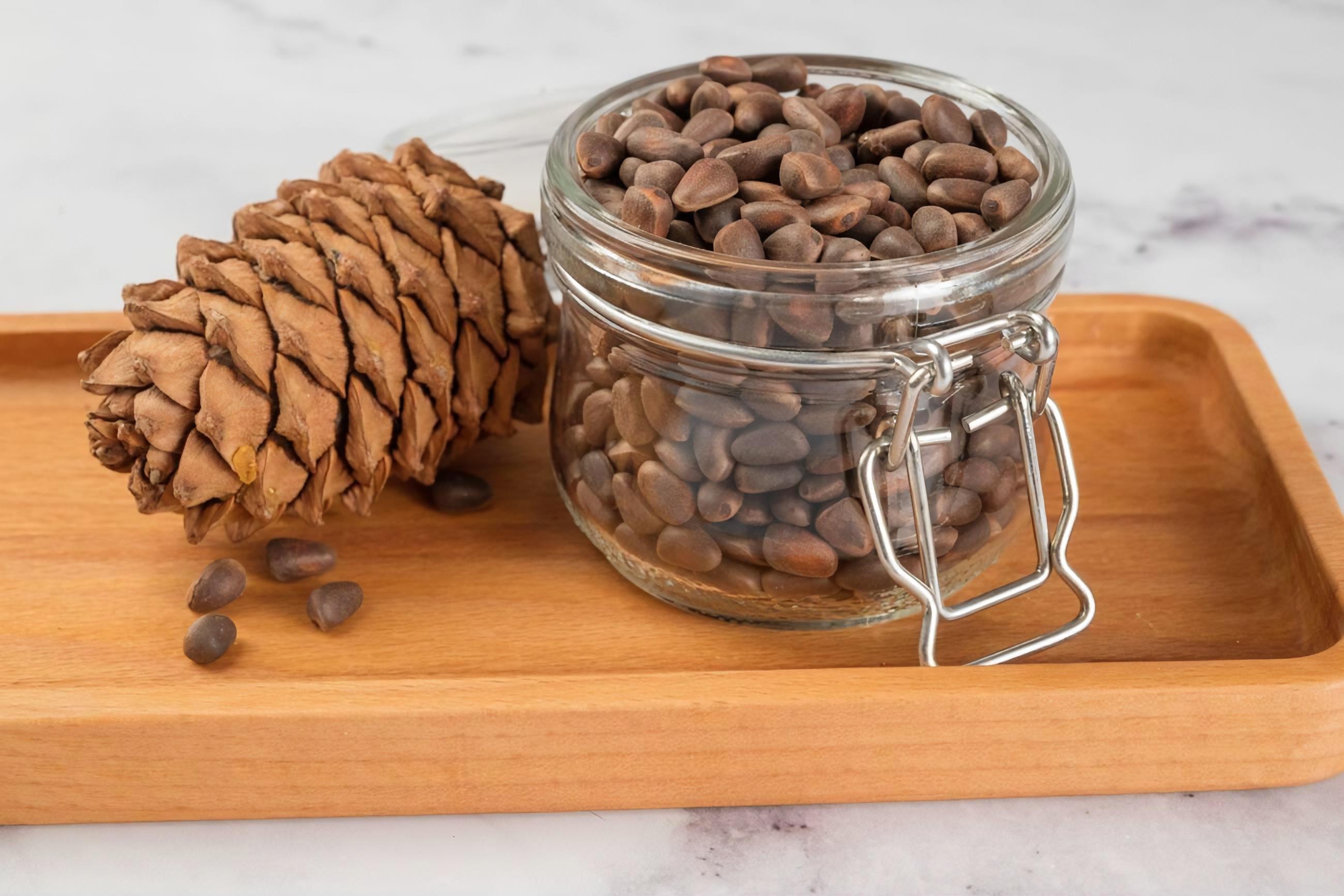
Study of Composition and Biological Value of Pinon Kernel of Siberian Pine
Siberian cedar nut oil, extracted from the nuts of Pinus sibirica, is a nutrient‐rich oil with unique fatty acids and antioxidants that offer science‐backed health benefits. Below is a summary of i...
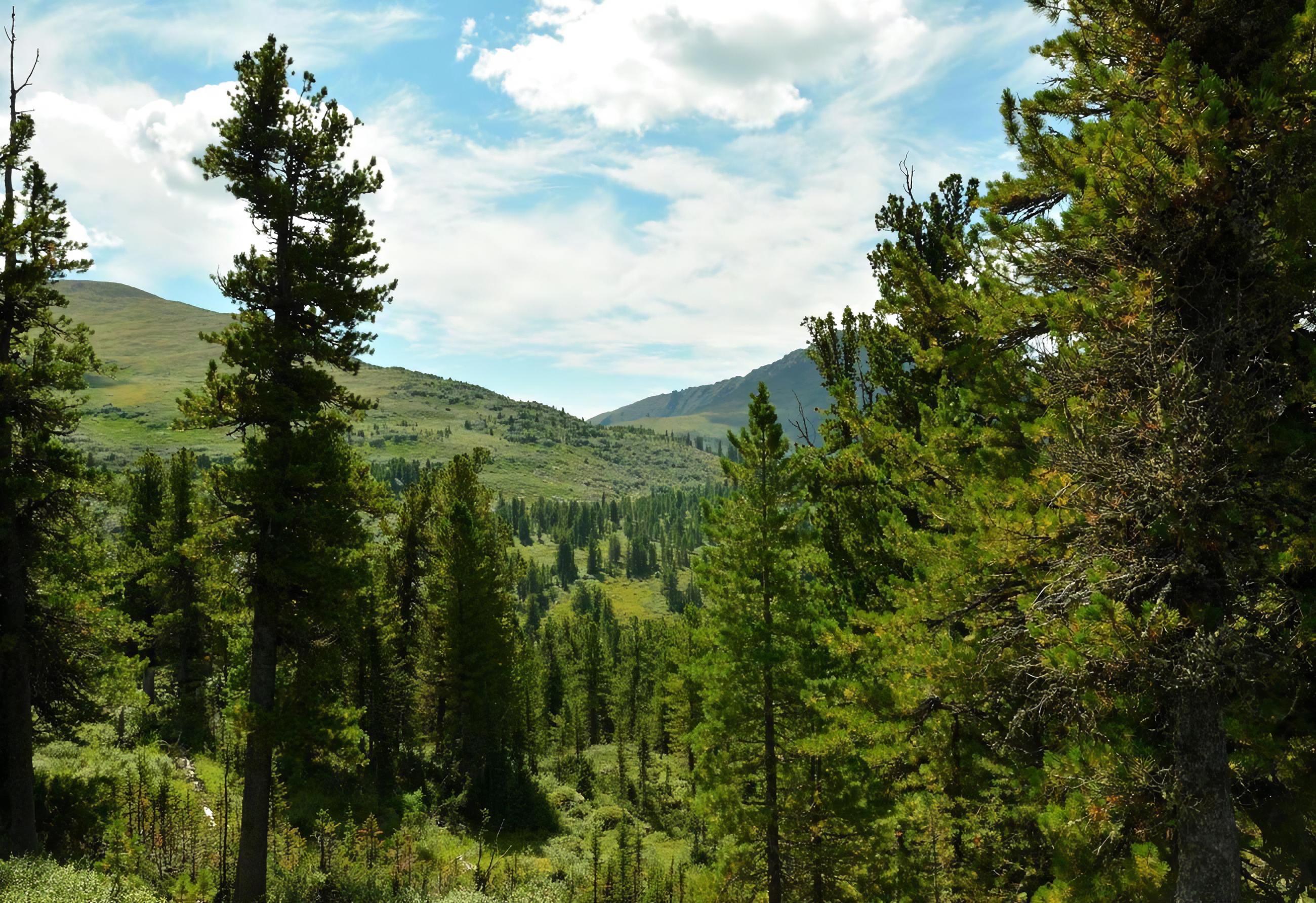
Siberian cedar oil, extracted from the nuts of Pinus sibirica, is gaining attention as a natural source of pinolenic acid (PNLA) — a unique fatty acid with science-backed health benefits. This oil ...
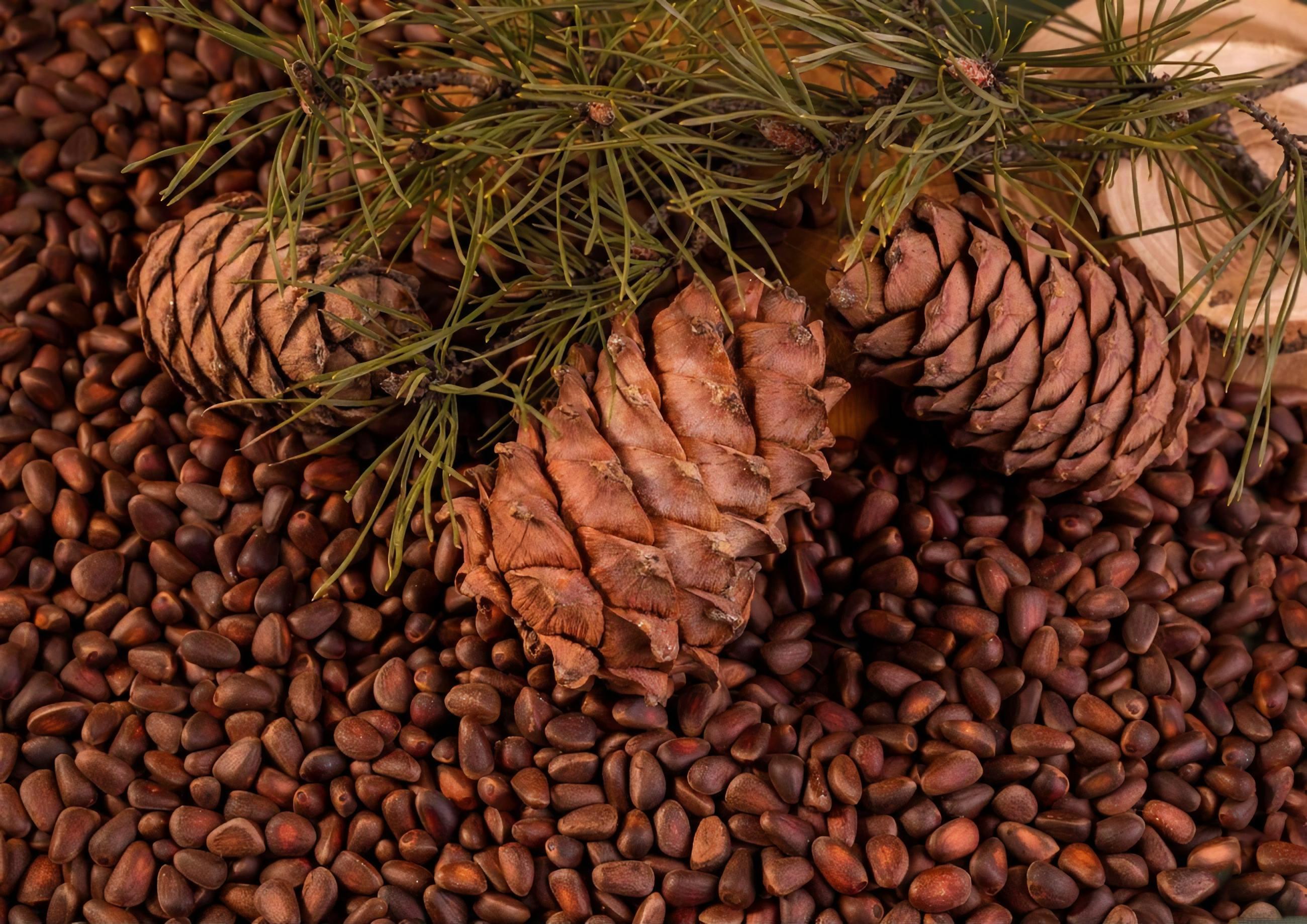
Pinolenic acid (PNLA), a unique fatty acid found in pine nuts, is gaining attention for its wide-ranging health benefits, particularly its anti-inflammatory and metabolic effects. Siberian cedar oi...


